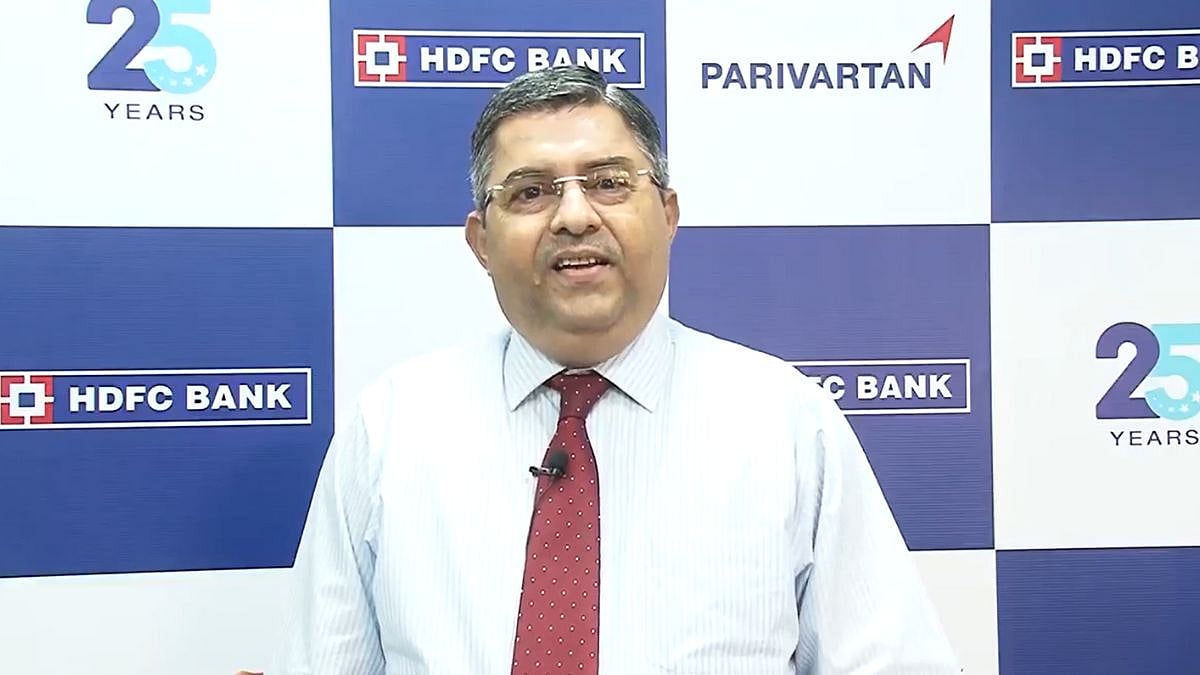The average price of a home-cooked chicken thali decreased in June, while the price of a vegetarian thali increased. According to Crisil's monthly food plate cost indicator, The Roti Rice Rate, if a common man prefers the taste of chicken over daal, he paid less the previous month because poultry prices were lower and, on the other hand, the prices of tomatoes, onions, and potatoes were higher.
Based on the prices of the ingredients that are currently in use in north, south, east, and west India, the average cost of making a thali at home is determined.
The impact on the average person's expenses is reflected in the monthly change. The information also shows which ingredients, including cereals, pulses, veggies, spices, broilers, edible oil, cooking gas, etc., are responsible for the variation in the thali's price.
June 'Thali' rate (June)
Estimates from CRISIL MI&A Research show that while the price of vegetarian thali increased by 10 per cent year over year in June, the cost of home-cooked non-vegetarian thali decreased by 4 per cent.
The cost of non-vegetarian thali decreased as a result of an oversupply situation, lower feed costs year over year, and an estimated 14 per cent annual decline in broiler prices from their high base from the previous fiscal year. 50 per cent of the cost of the non-vegetarian thali comes from broiler poultry.
Veg 'Thali' rate (June)
In the meantime, the low base of the previous fiscal year contributed significantly to the price increase of home-cooked vegetable thali, which was caused by a 30 per cent increase in tomato prices, a 46 per cent increase in onion prices, and a 59 per cent increase in potato prices year over year.
According to the report, the prices of tomatoes, onions, and potatoes increased due to a number of factors, including a significant decrease in rabi acreage that reduced online arrivals and an unseasonal rainfall in March that decreased potato crop yield.
The virus infestation in the tomato summer crop was a result of high temperatures in important growing regions of Karnataka and Andhra Pradesh, which reduced tomato arrivals by 35 per cent year over year.
Non-vegetarian 'Thali' rate (June)
The month-over-month increase in the price of non-vegetarian thali was caused by higher vegetable prices, which were only slightly offset by a slight sequential increase in broiler prices of 1 per cent. Broilers account for 50 per cent of the cost of non-vegetarian thali.
An estimated 14 per cent year-over-year decline in broiler prices, fueled by a high base from the previous fiscal year, an oversupply situation, and lower feed costs, mitigated the increase in the cost of the non-vegetarian thali.

What caused the price surge?
Reduced acreage led to a YoY increase in rice prices, which make up 13 per cent of the cost of a vegetarian thali.
The dry spell that affected the production during the crucial kharif months also caused the prices of pulses to rise by 22 per cent year over year. Pulses make up 9 per cent of the price of a vegetarian thali.









